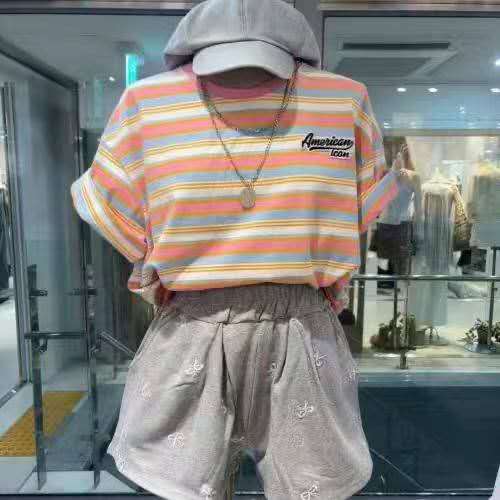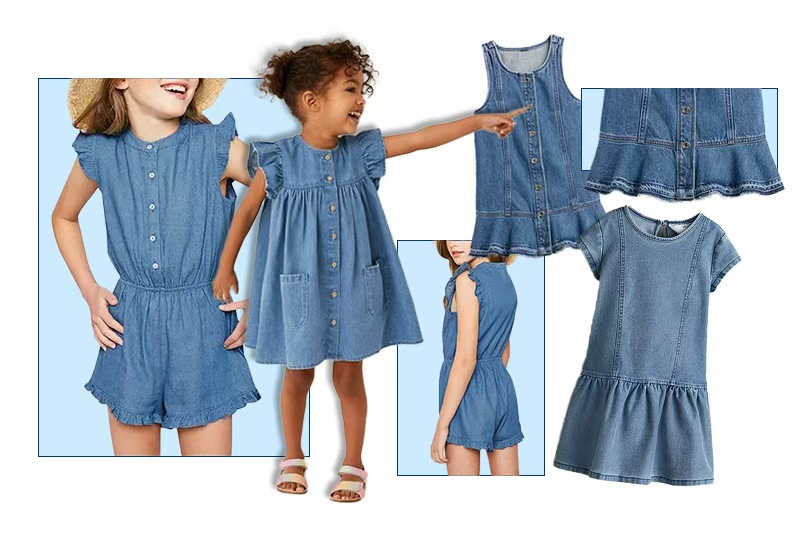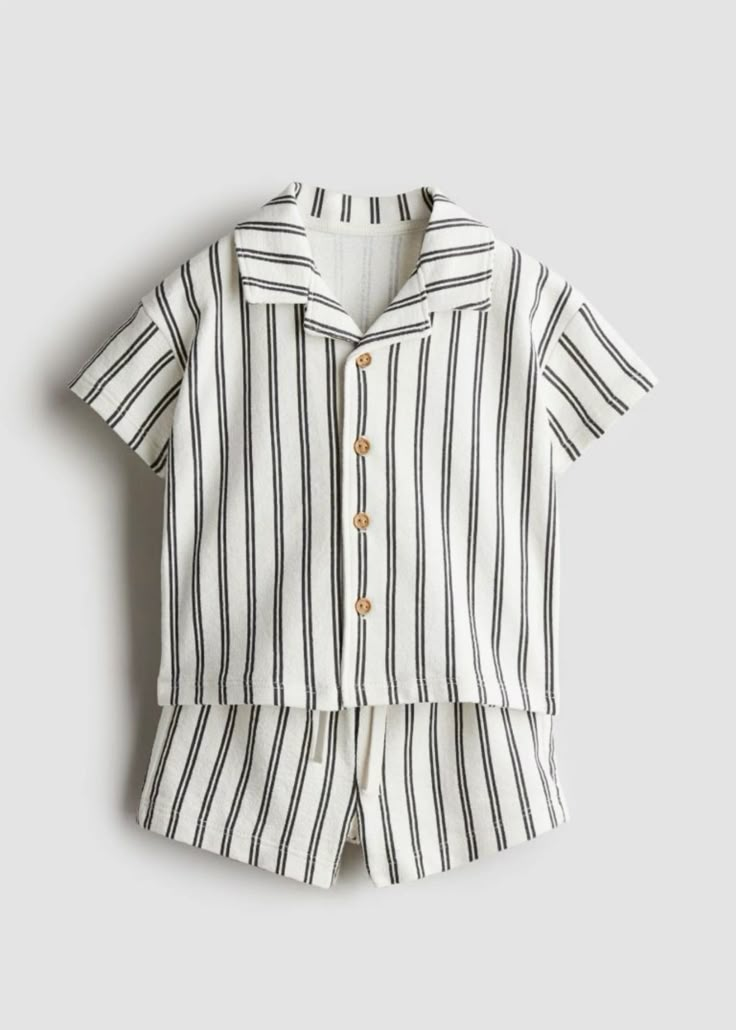If you’ve ever scrolled past a cute limited-edition kidswear drop and thought, “How did those two brands come together so perfectly?”—you’re not alone. Successful brand collaborations feel natural, exciting, and surprisingly rare. Finding the right partner takes more than a good idea. It’s about shared values, aligned aesthetics, and smart planning from the very start.
A successful brand collaboration is built on shared goals, mutual benefit, and audience alignment. For children's clothing brands, it should enhance creativity, expand reach, and build trust with parents. The right collab doesn’t just look good—it feels good for both teams and their audiences.
So, how do you find that kind of collaboration? Let’s walk through it together.
What defines a “successful” brand collaboration in your niche?
In kidswear, success isn’t just viral likes. It’s impact.
A successful collaboration creates genuine buzz, drives sales or growth, and deepens your brand’s relationship with the right audience. It should feel authentic—not forced—and leave both partners stronger than before.
How can you identify brands that share similar values and audiences?
If your audience is conscious moms and your partner targets trendy teens, that’s a mismatch.
Look for brands that care about the same things you do—like safety, sustainability, or storytelling—and whose customers could easily love your product too. Values and vision come first.
Should you collaborate with bigger, equal, or smaller brands?
Here’s the truth: bigger doesn’t always mean better.
Each type of partner brings different benefits. Bigger brands offer reach. Equal-size partners offer balance. Smaller brands often bring agility and niche credibility. Choose based on your goals, not just follower count.
What research should you do before approaching a potential partner?
Before you hit “send” on that DM or email, do your homework.
Review the brand’s mission, past collabs, customer feedback, and tone of voice. Understand what they stand for—and whether your audiences overlap. A thoughtful pitch shows you’ve done the work.
Dive deeper: How do you assess whether a collaboration will be mutually beneficial?
A collab isn’t just about you—it’s a partnership. Like any relationship, it should work both ways.
A mutually beneficial collaboration means both brands walk away with something valuable: exposure, sales, brand equity, or a creative edge. Ask yourself, “What do they get out of this?” If you don’t have a good answer, it’s not the right time.
Let’s break it down:
1. Audience Overlap
You need shared—but not identical—audiences. If your brand sells organic baby rompers and your potential partner offers handmade plush toys, that’s a great fit. Same values, different products.
2. Resources
Do both brands have the time, team, and tools to make the project happen? A well-intentioned idea can collapse without clear responsibilities or marketing coordination.
3. Clear Goals
Sales? Awareness? Social growth? Define your goals early. Successful collaborations set KPIs before anything is produced. You need to know what success looks like to build it.
4. Complementary Strengths
One brand might be stronger in content creation; the other might have better email reach. That’s a win-win when done right.
5. Longevity Potential
Does this have legs beyond one campaign? The best collabs often evolve into long-term partnerships. Think: a seasonal drop, co-branded bundles, or even shared trade show booths.
Here’s a quick comparison table for clarity:
| Factor | Why It Matters |
|---|---|
| Audience Fit | Ensures messaging resonates with both groups |
| Shared Values | Builds trust and authenticity |
| Complementary Products | Avoids competition, maximizes synergy |
| Goal Alignment | Keeps both teams focused and accountable |
| Logistics Readiness | Prevents fulfillment or production mishaps |
Want a pro tip? Sometimes the most “obvious” partner isn’t the best one. Look for brands you genuinely admire—even if they’re smaller. Enthusiasm beats clout every time.
What questions should you ask during early partnership discussions?
You’re not just pitching—they are too.
Ask about their process, audience insights, timeline expectations, and what past collaborations taught them. These questions reveal if they’re a good fit—or just testing the waters.
How important is brand aesthetic alignment in a joint collection or campaign?
Very. Because your product will look like both of you.
Aesthetic alignment helps create a seamless, visually compelling campaign that your audience instantly understands and connects with. Mismatched visuals confuse and dilute the message.
Can influencer-led or cross-industry collaborations create stronger impact?
Yes, if done with intention—not just trend-chasing.
Influencer or cross-niche partnerships can bring fresh energy, new stories, and access to audiences outside your usual bubble. Just make sure the collaboration still feels natural and relevant.
What are red flags to watch for when selecting a collaboration partner?
Not every brand is as buttoned-up as they seem online.
Red flags include vague communication, no clear goals, misaligned values, or signs of overpromising. Also beware of brands that rush the process or avoid discussing money and deliverables.
How can you measure the success of a brand collaboration after launch?
Likes are great. Sales are better. Retention is best.
Track campaign-specific metrics like sales, traffic, email signups, and engagement. But also look at long-term gains—like repeat buyers or brand mentions. A great collab builds lasting value, not just hype.
Conclusion
Finding a successful brand collaboration is like dating—it takes alignment, effort, and a little spark. Do your research, stay authentic, and focus on partnerships that bring something meaningful to both sides. Done right, a collab isn’t just a one-time boost—it’s a step forward for your brand.



